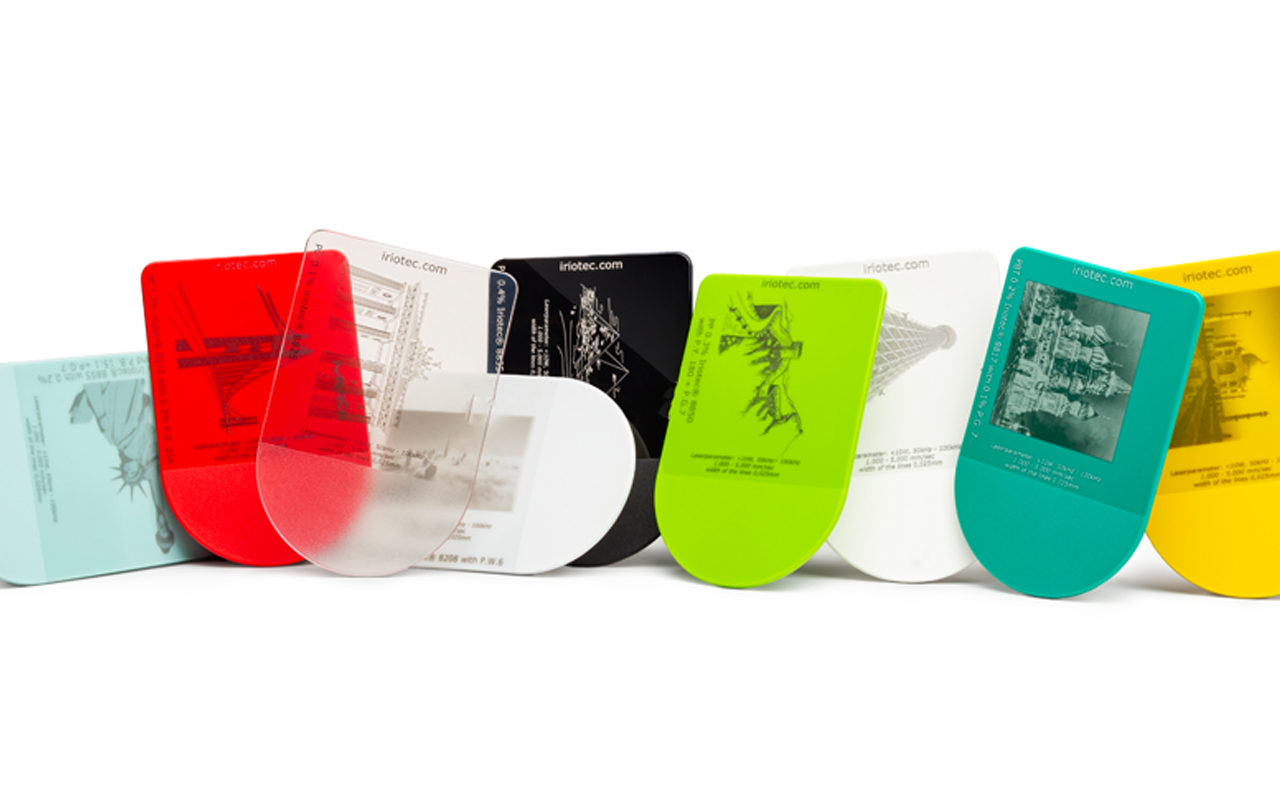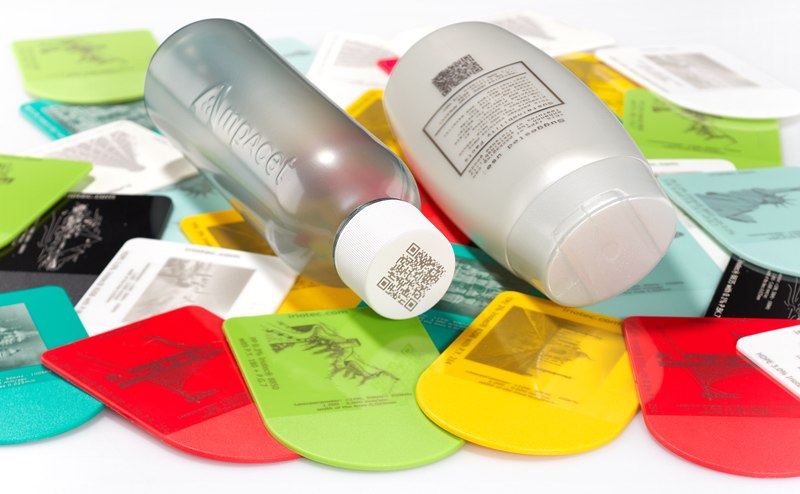The Low-Down on Lasers

Light with many talents: lasers
In our modern world, lasers are used in many different applications. Some lasers are very simple, such as laser pointers used in presentations or to measure distances. Others are extremely powerful and can cut or weld metals or mark all sorts of polymers. Then again, some lasers are so precise that they can be used for eye surgery. Yes, lasers are fascinating. So fascinating in fact that many of us love the idea that we can create laser swords. But this is over the top!
The purpose of this text is to give you the essentials about lasers and introduce you to the necessary vocabulary, so you can talk to laser experts. In fact, we even have to start with the term LASER, as an acronym for “light amplification by stimulated emission of radiation,” which means that this type of light consists of monochromatic (only one wavelength), directed (polarized), and aligned (amplitude) radiation.
When you have finished reading this text, we hope you will feel a little more confident in finding the right equipment for your application and using light as a powerful tool to improve your processes where possible.
How laser light is generated
Basically, laser light is produced when electrons become excited and move up to a higher- energy orbit. When the electrons return to the lower-energy orbit, they emit photons that are aligned in amplitude, wavelength, and polarization. For this process, an active medium is required to provide the protons. It can be either glass, a gas, or a crystal. The alignment results in a powerful laser beam. And the active medium defines the wavelength and creates UV lasers or IR lasers (see table).
What influences the power?
A laser can be considered a very powerful flashlight. We've already heard that all you need to produce a laser beam is a power supply, a lamp, and the active medium that emits the energy. This emission can be either continuous or pulsed. When the energy is emitted continuously, you have a continuous flow of power that is equal to the maximum energy of your laser, for example 10 W. But if you trap the energy inside the active medium with mirrors, you amplify the energy to a multiple of this power because the radiation is equal and adds up.
An example
Let us imagine that we are collecting the energy: How many waves can overlap? If the light moves at 299, 792, and 458 m/s and we have a laser with a wavelength of 1064 nm (= 1064 * 10-6 nm), this gives you the number of waves trapped in one second: c/ʎ is then 3, * 1012 waves. This is how you can produce 3 GW (gigawatt) from 10 W. You may now understand why a shorter pulse length is even more powerful than a longer one. The pulse length is another way of differentiating the laser types.
HOW DO WE DIFFERENTIATE LASERS?
BEAM GENERATION
Fiber, diode, solid-state.
We have solid-state lasers with a disk, with a rod, or with a fiber. Fiber lasers today are the lasers most commonly used for laser marking because they are very stable and rarely need maintenance or replacement. According to reports, they run for 100,000 h non-stop with only occasional cleaning of the optics depending on how dusty the environment is.
WAVELENGHT
In an industrial environment, the following four wavelengths are typically found:
- 355 nm – UV laser
- 532 nm – green laser
- 1064 nm – solid-state lasers, different versions available, e.g. fiber laser, Nd:YAG, diode laser
- 10,60 µm – CO2 laser
PULSE LENGTH
Pico and femto lasers, having pulse lengths in the ps (picosecond) and fs (femtosecond) range, are the latest technology of IR lasers and even more powerful than standard lasers with pulse lengths in the nanosecond range. The downside to this is the investment costs, but these lasers often work with fewer additives because they generate so much power in such a short time and the heat-influenced zone is very small.
LASER FORM
The usual questions asked are: What are the investment costs (laser) versus operating costs (ink jet)? What are the advantages of femto or UV lasers versus standard lasers? The answers to these questions are very individual and we cannot give a general answer. But we will be happy to consult and support you in finding the best answer fitting to your business and needs. Once these questions have been answered, we can help you with all your marking requests in polymers. Our newly developed laser additives will keep up with your demands, regulations, and your customers' requirements.
Explore more about additives and contact us directly for individual consulting, or go to our Iriotec® 8000 brand page to explore more about the individual products.
Surface Solutions
We are the experts who make the world more beautiful!
Information on hazard classes or hazard categories can be found in the safety data sheet.
© 2025 Merck KGaA, Darmstadt, Germany and/or its affiliates. All Rights Reserved.
Reproduction of any materials from the site is strictly forbidden without permission.






